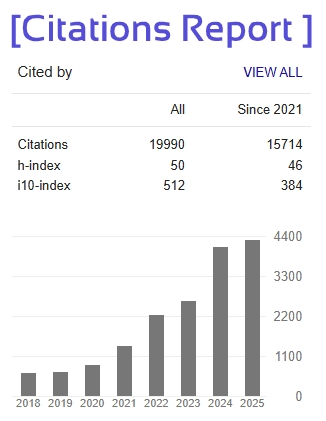Experimental Study and Comparative Evaluation of Self-Curing Concrete
Patil Sonali 1 , Sharayu Kadam 2
1 MTech Student, School of Civil and Environmental Sciences, JSPM University Pune.
2 Assistant Professor, School of Civil and Environmental Sciences, JSPM University Pune.
Abstract - The most often used building material is concrete, which needs enough curing to get desired strength and lifetime. Though efficient, traditional water-curing techniques have restrictions in remote locations, tall buildings, and areas with limited water supply. Under such circumstances, incorrect curing may cause decreased durability and performance. This work investigates the use of self-curing concrete, in which internal curing agents supply moisture during hydration, so lowering the demand for external curing.
Performance of two self-curing agents—Polyethylene Glycol 400 (PEG 400) and Superabsorbent Polymers (SAP)—in M30-grade concrete was assessed. While SAPs gradually absorb and release water, PEG 400 aids to retain water for internal hydration. Six concrete mixes—conventional water-cured (M1), non-cured (M2), PEG-based (M3, M4), SAP-based (M5), and PEG with water curing (M6) were made. Following IS and ASTM criteria, these mixes were evaluated for workability, compressive strength, tensile strength, flexural strength, and water absorption at 7, 14, and 28 days.
The results revealed that PEG 1.5% (M4) attained better workability and strengths equivalent to conventional curing. SAP (0.2%) greatly increased water retention and lowered shrinkage, so strengthening durability. Mix M6 showed advantages from combined internal and external curing and recorded the best strength. The uncured mix (M2) shown the lowest performance.
This work validates that, particularly in water-limited environments, self-curing agents are efficient substitutes for conventional approaches. Their application guarantees concrete performance and quality, so supporting sustainable building.
Keywords : Self-curing concrete, PEG 400, Superabsorbent polymers, Internal curing, Compressive strength, Durability, Sustainable construction







